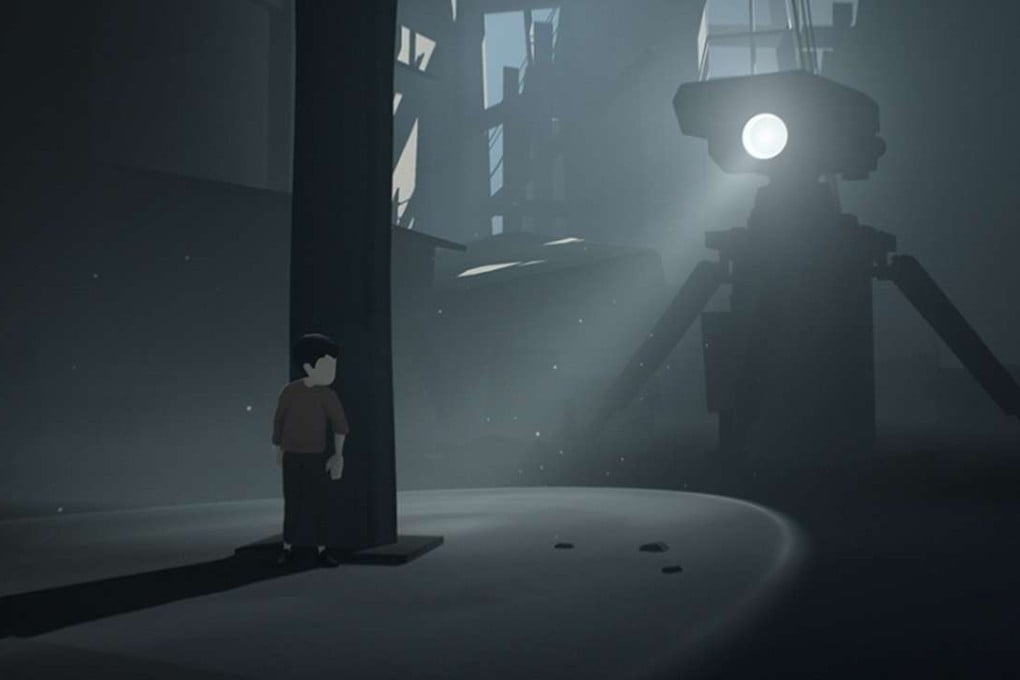Game review: Inside is a masterpiece you’ll want to play over and over
The beautifully paced Inside looks like the fully realised work of visionaries, with an aesthetic rigour that leaves big-budget photorealistic spectacles looking dated

Inside
Playdead
5/5 stars
There is a phrase in Danish, det moderne gennembrud, “the modern breakthrough”, that was used in the 1880s to describe the ways Scandinavian writers rebelled against the conventions of their time. The term has also been applied to the paintings of Edvard Munch and the films of Ingmar Bergman.
Though they labour in another time and another medium, the developers at the Copenhagen-based video game studio Playdead deserve to have their work studied in such a light. They, too, are pushing the boundaries of their chosen art form by making creepy, visually expressive games that tap into the dark areas of the collective unconsciousness.
Playdead makes children’s nightmares for grown-ups. Limbo (2010), the company’s first game, was about a boy who could die in many ways – several impalings stick out in my memory. Unlike so many brightly coloured puzzle platformers, Limbo unfolded in cinema-rich black and white. Its soundtrack was absorbingly minimalistic. At the direction of its brooding atmosphere, I played much of it with the lights out. There is a moment near the start where the young boy, after awakening in a sombre forest, takes a boat across water. The grey-washed scene was of such stark beauty that it brought to mind the work of Danish filmmaker Carl Dreyer.